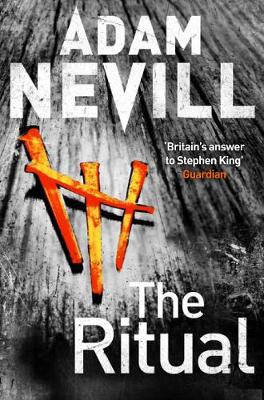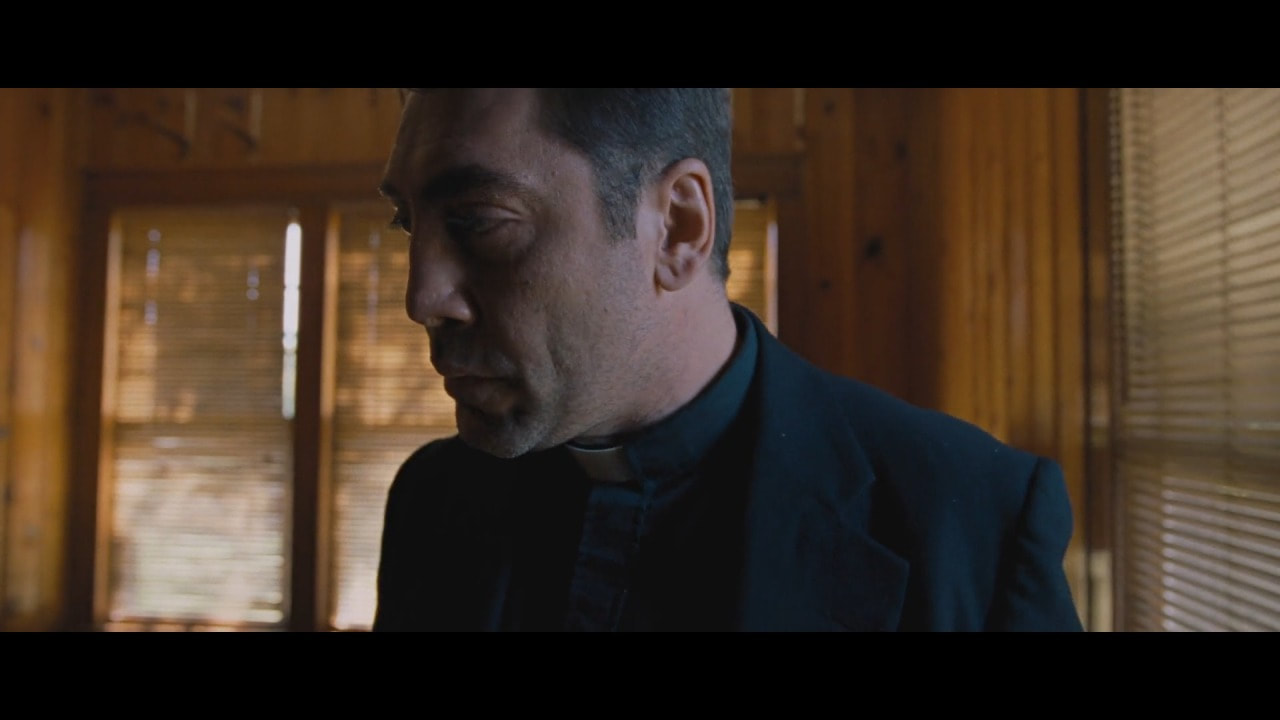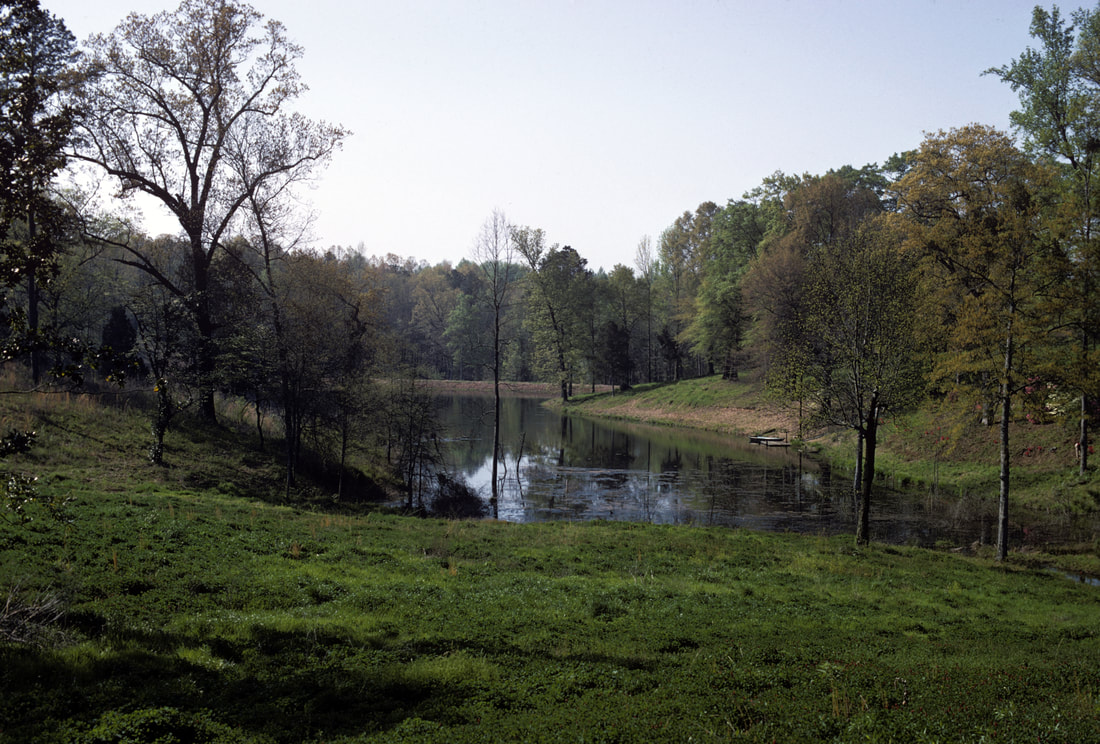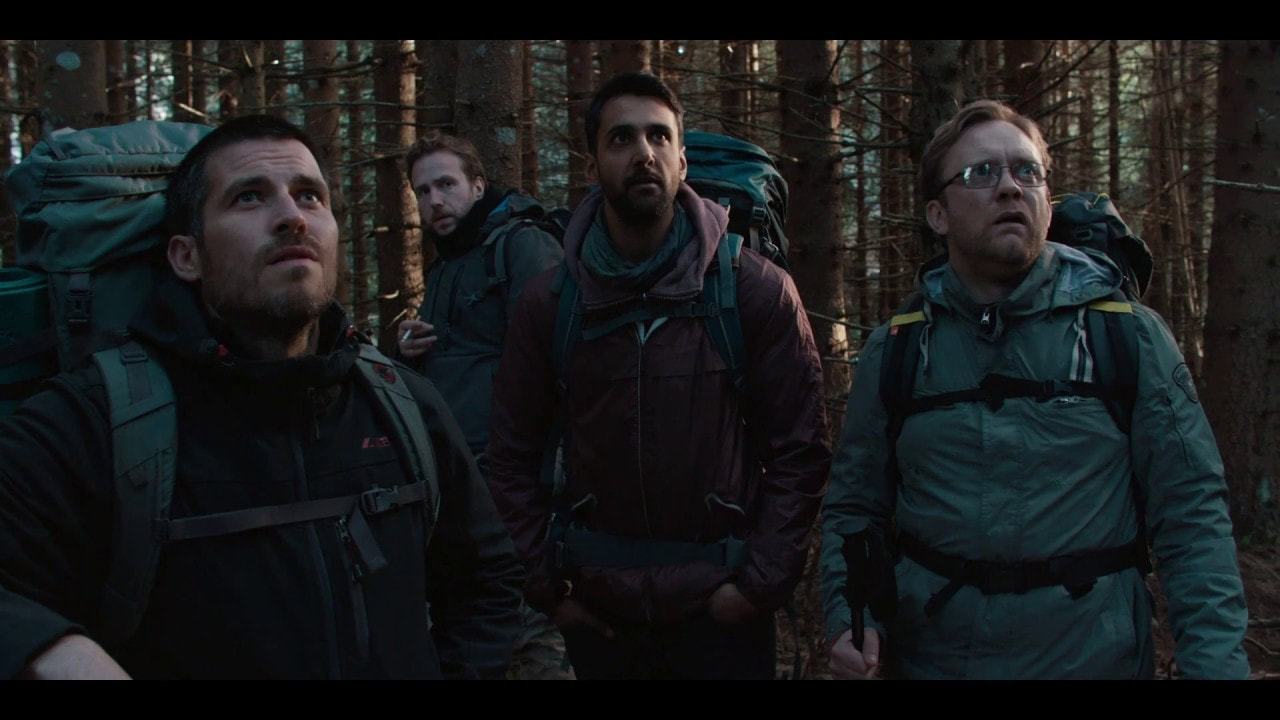| The set-up is simple. Four college friends some 15 years later get together for a camping trip in the wilds of northern Sweden and become lost in an ancient forest. The fears and difficulties in being lost widen cracks in the men’s friendships, those cracks making them even more susceptible to the rigors of being lost. And there seems to be Something out there in the dark. Here I will not address that Something or even the question of whether it is real or a manifestation of their fears. My focus is on the matter of being lost, possibly hopelessly lost, in the woods. |
But the jungle was dark, its dangers hidden. Every bush or tree or thicket could hold surprise, likely unpleasant. Each footstep could come down on a viper. You couldn’t run but perhaps you could climb. But even treetops held their dangers.
It seems that as we moved north into the middle east we were moving mostly through plains and deserts. Then, as we circled around the Mediterranean to the west, we are soon confronted by the massive ancient forest that covered much or Europe. That old forest must have made a significant impact.
Think of all the old European folk tales and fairy tales and how much they involved the woods and being lost in the woods. Hansel and Gretel, abandoned by parents in the woods, leave bits of bread so that they can find their way back to where they started, this to no avail because of those pesky crows. They find a house, seemingly a place of nourishment and safety, which turns out to be anything but. Finding a house in the woods is rarely a good thing, except for Snow White of course.
Sleeping Beauty and her castle imprisoned in a thicket of thorns. Rapunzel in ther tower deep in the woods. The woods as obstacle to be overcome. Little Red Riding Hood seeking grandmother’s house deep in the woods. The path is dangerous but the house becomes a trap.
“Into the Woods.” Stephen Sondheim and James Lapine certainly see the dangers of so venturing. More of the characters are dead than alive by the time the musical ends. And there is a witch. Yes, witches can hide in the woods, often in those houses hidden therein. And wolves. And werewolves.
In the short stories of Nathaniel Hawthorne you see the American forest as a place of danger: witches and warlocks hold revels, and bears hide behind trees. No wonder the American landscape has been so thoroughly cleared of the old forests, just like Europe in earlier times. Get rid of places where evil and danger might hide.
Is this possibly the unconscious reason why the Amazon rain forests are now being cleared?
When I was a child in the 1940s there was about 2 and a half acres of woodlands to the east and south of our yard. I loved to go down there. My parents finally decided to purchase a small herd of goats to thin out the area. They did a great job, and by the time I moved back home from NYC at the age of 50 that area had become meadow with a few trees instead of woods. By the time the last 4 goats had died some 12 years later there was barely enough foliage to sustain the small herd. Without the goats the area became an almost impenetrable thicket in a matter of a few short years, so thick that now I am afraid to go down there by myself. Well, I am a recent octogenarian, and there might be the danger of me falling and injuring myself down there away from help. But I think it part it is that ancient ancestral fear of the woods.
Those woods felt different from most that we were used to. Old hardwoods with long wandering branches. A thicker canopy above, darkening the space underneath. When I first read Tolkien I pictured Mirkwood just this way. One tended not to make a whole lot of noise in these woods: what might be listening? A place of mystery. Of wonder. Of just enough fear.
| In the 1960s a subsequent owner of the property cut down the trees, built a dam at the east end of the valley, and made a lake. It is a lovely lake, but I miss the old woods. I guess now a novel set there would involve what lies hidden beneath the lake instead of wat lurks in the woods. I prefer the lurker in the woods. |
Most of my reflections here have been suggested by the first third of the book, the experience of being lost in the woods. There’s a lot more to the book. The author makes a turn in the middle that initially I wasn’t sure was a good idea. Once I finished the book I knew he was right. I had anticipated a somewhat different final act, but again Nevill turned out to be right.
There is a movie on Netflix based on this book, one that I have not seen because I cannot stream and must hope for a DVD release. I have read several reviews, and I gather that the movie has a somewhat different backstory from the one in the novel, one definitely more dramatic than what we see in the novel. But in the novel Nevill is wise to keep that backstory more mundane. The progression from normality to something like madness is stronger for that.
I had delayed reading “The Ritual” simply because I thought I had read it but hadn’t much liked it. But I was mistaken. It was a totally different novel about 4 men lost in the woods, a novel that was barely adequate if one was in a generous mood. I’m glad I finally realized my error and tackled Nevill’s take on the situation. A fine piece of work.





 RSS Feed
RSS Feed